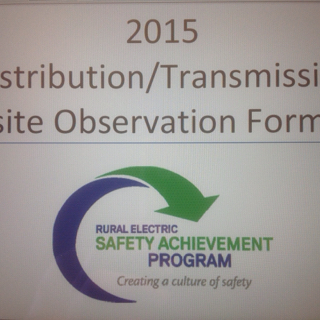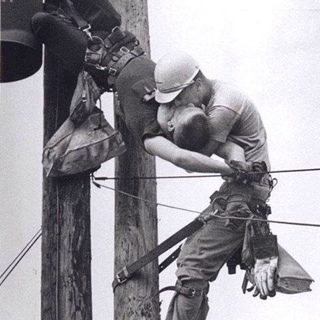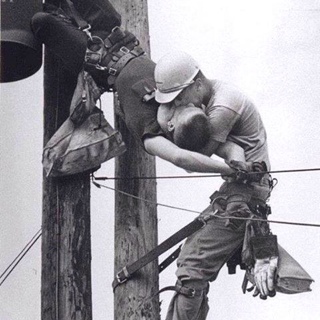Title Page
-
Cooperative Name
-
Location
-
Truck Number and Type (digger, bucket, etc.)
- Main Facility
- Outpost
-
Conducted on
-
Prepared by
Section 9: Diggers, Buckets, Etc. (Over 10,000 Lbs. GVWR)
-
All digger derricks, aerial devices, and other commercial vehicles over 10,000 lbs. (GVWR) have six documents: insurance card, registration form, operator's manual, accident reporting guidelines, daily post trip inspections, and annual DOT meetings.
-
Commercial vehicles over 10,000 ibs. GVWR are well maintained.<br>
-
Commercial vehicles are equipped with the proper work zone safety equipment.<br>
-
Roadside emergency triangular markers are on all of these vehicles.
-
Head lights, clearance lights, and strobe lights, and hazard warning lights in safe working condition.
-
Body, jib, and boom winch mechanisms, cables, ropes, mounting, and controls are properly matched for the intended use and maintained in good condition.
-
Appropriate vehicle grounding and/or barricading equipment is available and in good condition.
-
Vehicle ground cables are individually marked with a method of unique identification and date of most recent test.
-
Shovels, pry bars, tamps, ground rod drivers, sledges, chains, other heavy tools and materials are properly stored/secured in these utility vehicles.
-
At Least two effective wheel chocks are provided per large truck, properly placed in accordance with safety manual, and properly stowed on each truck when not in use.
-
Substantial outrigger pads are provided for all equipment outrigger legs, are properly used in accordance with manufacturer's requirements, and are properly stored on the vehicle when not in use.
-
Manufacturer's identification, capacity ratings, warning signs, and equipment control placards for digger derrick and aerial basket devices are in place and in good condition
-
Daily operational inspections are conducted before these vehicles leave the facility.
-
Dielectric tests for these utility vehicles meets/exceeds applicable OSHA/ASTM/ANSI standards and results are available on or in each vehicle.<br> RESAP wants to ensure a system satisfy OSHA requirements by conducting an annual test but promotes using a semi-annual (6months) dielectric test that exceeds the OSHA requirement.
-
Handline or other self rescuing device is kept inside the bucket while work is being preformed.
-
Hydraulic lines and tools are free of damages cracks and leaks.
-
Live line tools are properly stored and maintained.
-
Live line tools have are labeled with the most recent test date.
-
Rubber guts and blankets are properly stored and maintained.
-
Rubber guts and blankets are stamped with most recent test dates.
-
Mac's (insulated jumpers) are properly stored and maintained.
-
Rubber gloves and sleeves are stored properly and in good condition.
-
Harnesses and fall protection are properly stored and in good condition.
-
Lanyards are stored in a bin or fixed to harness, and kept out of weather and other elements.
-
FR or arc rated clothing is in good condition and free of stains, rips, or tears.
-
Slings and lifting chains are in good condition and labeled with legible tags with weight ratings.
-
Strap hoists are well maintained.
Section 9: Summary
-
Additional comments or concerns.
Safety Personnel Signature
-
Add signature








